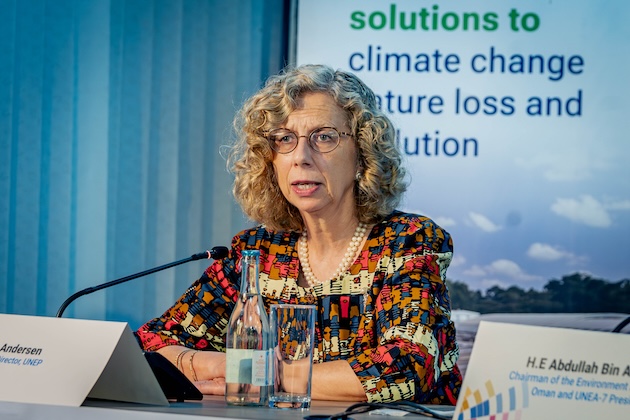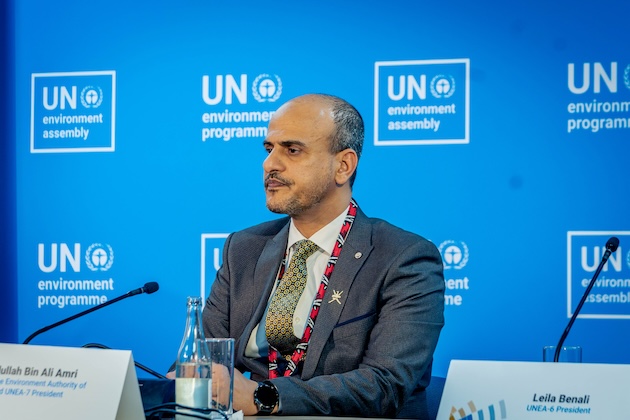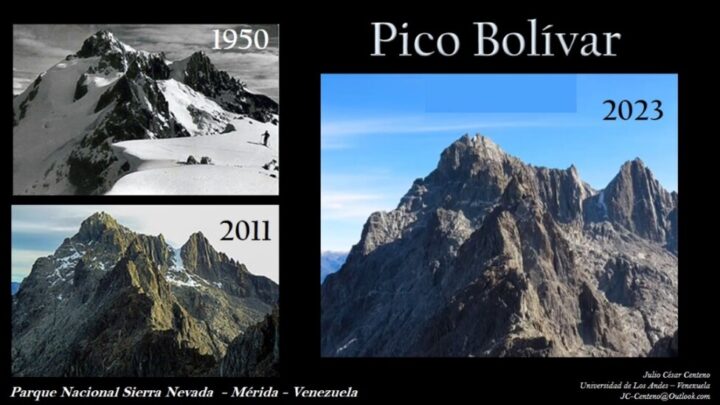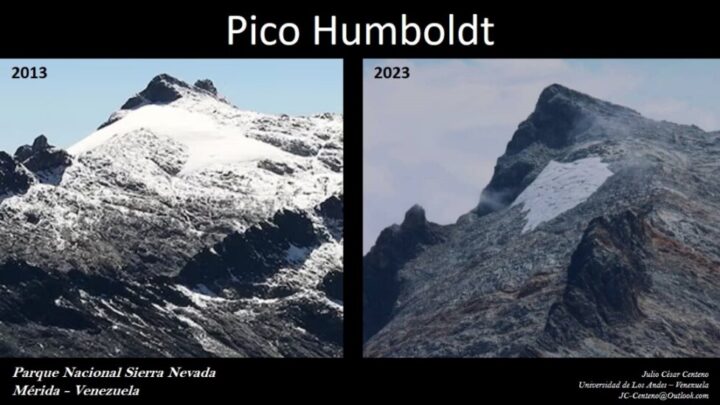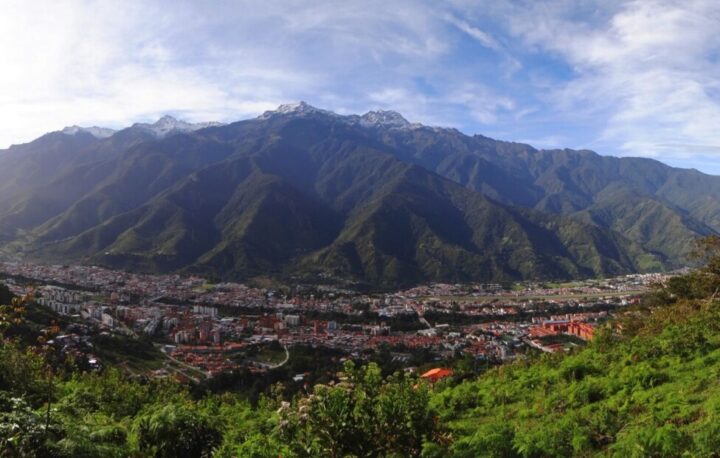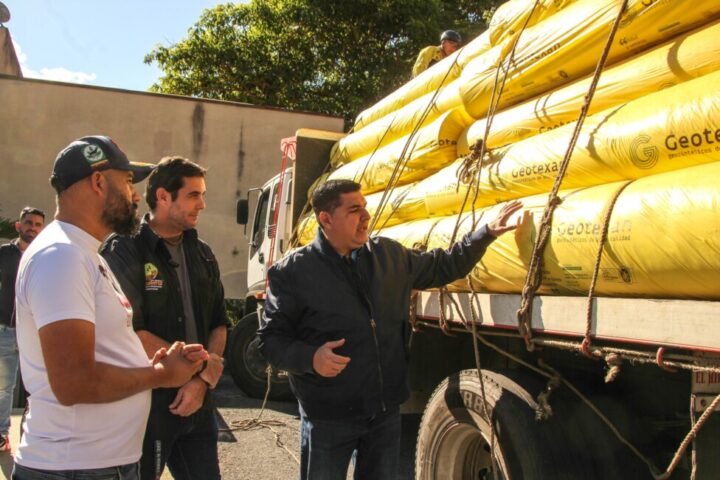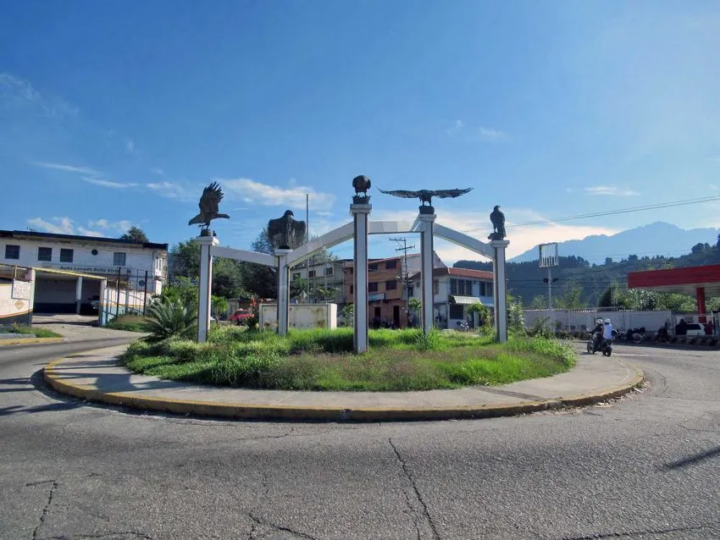SINGAPORE, March 04, 2024 (GLOBE NEWSWIRE) — Bitdeer Technologies Group (NASDAQ: BTDR) (“Bitdeer” or the “Company”), a world–leading technology company for blockchain and high–performance computing, today announced the successful testing of its first Bitcoin mining chip, the SEAL01. Powerfully efficient, SEAL01 is designed for integration into Bitdeer’s new SEALMINER A1 mining machines.
The SEAL01 chip is created using an advanced 4–nanometer process technology in partnership with a world–leading semiconductor foundry. Initial tests indicate an exceptional power efficiency of 18.1 J/TH.
Jihan Wu, Founder, Chairman, and Chief Executive Officer of Bitdeer, commented, “With the successful testing of our new mining chip, I am very excited to formally announce the introduction of both the SEAL01 chip and the SEALMINER A1 as core to our new mining machines business. These products showcase our technology excellence and position us well for the future.”
The future of Bitcoin mining demands highly efficient technology, lower operating costs and a reduced environmental footprint for miners. The SEAL01 empowers miners to navigate the evolving Bitcoin mining landscape with a superior solution that provides efficiency and stability while adhering to the principles of sustainable mining.
Bitdeer’s global research and development team with specialization in chip design, firmware and system hardware have been tasked with breaking new ground in performance and efficiency to unlock emerging opportunities that continue to strategically position the Company following the upcoming Bitcoin halving event.
About Bitdeer Technologies Group
Bitdeer is a world–leading technology company for blockchain and high–performance computing. Bitdeer is committed to providing comprehensive computing solutions for its customers. The Company handles complex processes involved in computing such as equipment procurement, transport logistics, datacenter design and construction, equipment management, and daily operations. The Company also offers advanced cloud capabilities to customers with high demand for artificial intelligence. Headquartered in Singapore, Bitdeer has deployed datacenters in the United States, Norway, and Bhutan. Investors and others should note that Bitdeer may post information about the Company on its website at https://ir.bitdeer.com/or on its accounts on Twitter, Facebook, LinkedIn or other social media platforms. It is possible that the postings could include information deemed to be material information. Therefore, the Company encourages investors, the media and others interested in the Company to review the information it posts on its website at https://ir.bitdeer.com/ and on its social media accounts. Follow Bitdeer on Twitter at @ BitdeerOfficial and LinkedIn @ Bitdeer Group. Information that Bitdeer may post about the Company on its website and/or on its accounts on Twitter, Facebook, LinkedIn or other social media platforms may contain forward–looking statements within the meaning of the Private Securities Litigation Reform Act of 1995 that involve risks and uncertainties. You should not place undue reliance on forward–looking statements contained on the Company’s website and/or on the Company’s accounts on Twitter, Facebook, LinkedIn or other social media platforms, and the Company undertakes no obligation to publicly update forward–looking statements, whether as a result of new information, future events or otherwise.
Forward–Looking Statements
Statements in this press release about future expectations, plans, and prospects, as well as any other statements regarding matters that are not historical facts, may constitute “forward–looking statements” within the meaning of The Private Securities Litigation Reform Act of 1995. The words “anticipate,” “look forward to,” “believe,” “continue,” “could,” “estimate,” “expect,” “intend,” “may,” “plan,” “potential,” “predict,” “project,” “should,” “target,” “will,” “would” and similar expressions are intended to identify forward–looking statements, although not all forward–looking statements contain these identifying words. Actual results may differ materially from those indicated by such forward–looking statements as a result of various important factors, including factors discussed in the section entitled “Risk Factors” in Bitdeer’s annual report on Form 20–F, as well as discussions of potential risks, uncertainties, and other important factors in Bitdeer’s subsequent filings with the U.S. Securities and Exchange Commission. Any forward–looking statements contained in this press release speak only as of the date hereof. Bitdeer specifically disclaims any obligation to update any forward–looking statement, whether due to new information, future events, or otherwise. Readers should not rely upon the information on this page as current or accurate after its publication date.
Media Inquiries:
pr@bitdeer.com
Contacts
Investor Relations
Robin Yang, Partner
ICR, LLC
Email: Bitdeer.ir@icrinc.com
Phone: +1 (212) 537–5825
Public Relations
Brad Burgess, SVP
ICR, LLC
Email: Bitdeer.pr@icrinc.com
Phone: +1 (212) 537–4056

GLOBENEWSWIRE (Distribution ID 9057312)








